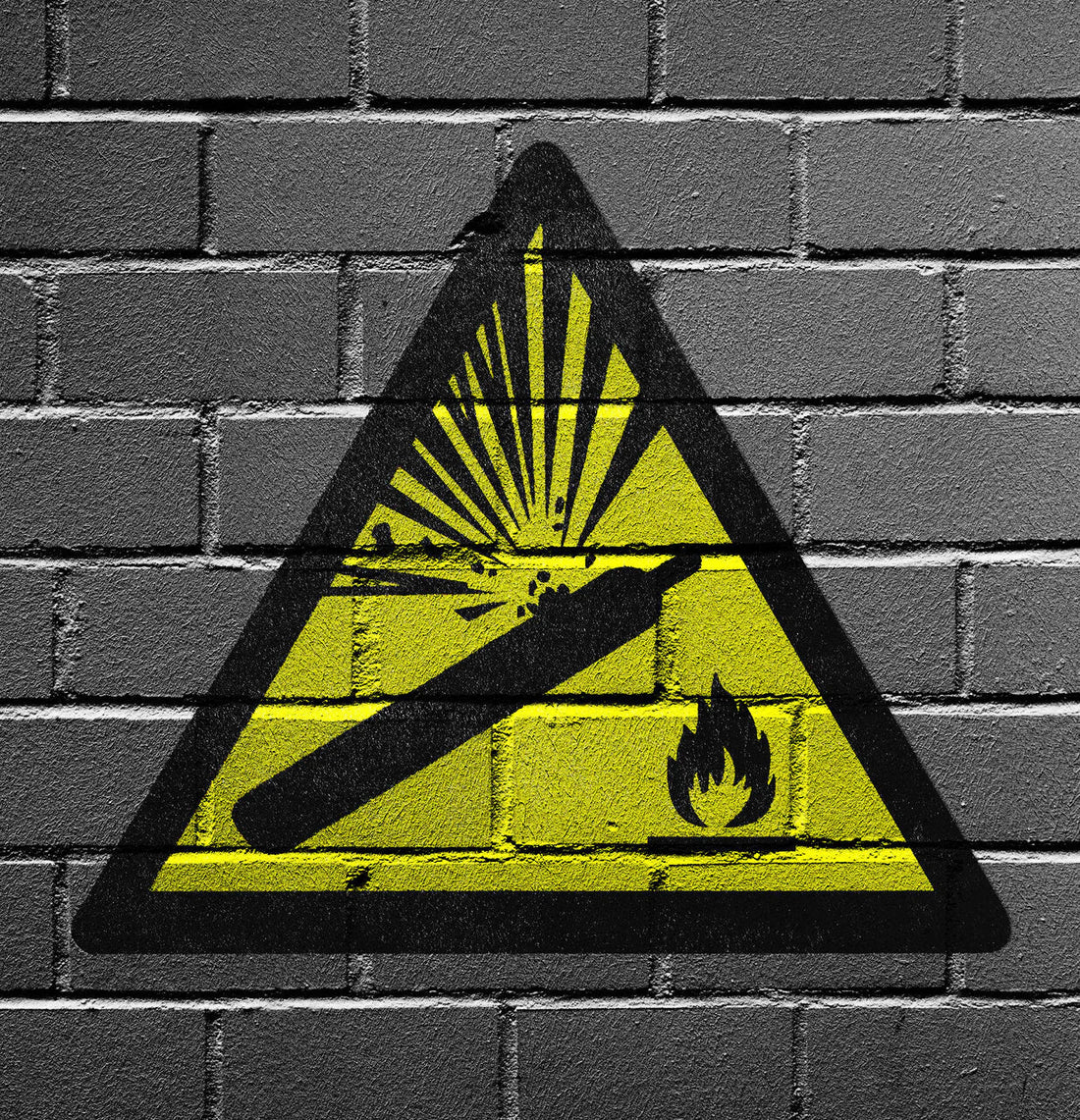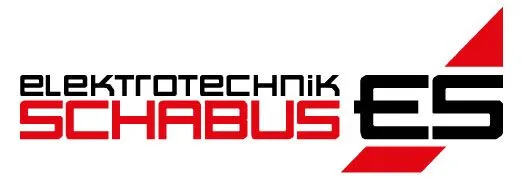Methane, butane, propane, LPG - detect and prevent the invisible danger

Methane, butane, propane, LPG – Detect and prevent the invisible danger
Why flammable gases can become a real threat – and how modern gas sensors provide early warning
Natural gas and liquefied petroleum gas are an integral part of our everyday lives. They are efficient energy sources for cooking, heating, or operating thermal baths. But what many underestimate is that even small amounts of these gases in the air can quickly lead to explosive mixture become.
What is natural gas – and why is it dangerous?
The natural gas used today consists of around 90% Methane . It is colorless and odorless – and highly flammable. To make it perceptible to us humans, it is mixed with so-called Odorants like thioether – so that we perceive a gas smell.
In contrast to the previous Town gas , which is toxic Carbon monoxide (CO) Although natural gas is less toxic, it is also a fire hazard due to its explosive properties. Even at 4.4% vol. of methane in the air, a flammable gas-air mixture , also known as Lower explosion limit (UEG).
Why gas detectors are essential in the home
Our nose is an amazingly good gas sensor – but not always where a leak can occur:
-
on gas stove
-
in boiler rooms
-
on handover point or counter
Gas warning systems such as Electrical Engineering Schabus offers, already recognize low concentrations of flammable gases and solve a Early warning alarm at 12% LEL off – well before the danger threshold. Many devices also activate a Solenoid shut-off valve to immediately stop the gas flow.
Methane rises – propane falls
A crucial factor in the Installation of gas sensors : the weight of the gas.
-
Methane (natural gas) is lighter than air → sensor about 30 cm below the ceiling place
-
Butane/Propane (bottled gas, LPG) are heavier than air → sensor 15–30 cm above the ground assemble
This simple rule can save lives in an emergency.
When does gas become really dangerous?
The ignitability depends not only on the gas concentration. Room temperature, humidity and Oxygen content influence the risk of explosion. Sensors in the GX-SE series from Schabus take all these factors into account and respond reliably and in compliance with standards.
What can be done about false alarms?
Cosmetics, paints, or solvent gas – many everyday substances contain hydrocarbons. Highly sensitive sensors could react to them. Therefore, GX devices do not warn too early – but only from 12% LEL , the optimal point between safety and suitability for everyday use.
Specially designed for refrigeration applications: The GX-CFC refrigerant sensor
Refrigerants such as R290 (propane) or fluorinated gases (F-gases) are used in laboratories, freezers, and air conditioning systems. Many of these substances are flammable, others highly toxic—and often active at temperatures below 0 °C.
The GX-CFC Sensor was specifically developed for these applications:
-
recognizes common Refrigerants and fluorine compounds
-
works reliably until -20 °C
-
ideal for Laboratory rooms, vaccination centers and deep-freeze storage facilities
Conclusion: Flammable gases – detect them before they become dangerous
Whether methane, butane, propane or refrigerant: Gases are invisible risks. Modern gas sensors such as the GX series from Schabus help to provide early warning – before a disaster occurs . The sensors are easy to install, operate reliably, and meet the requirements of common DIN standards.
👉 Learn more now: All gas warning systems from Elektrotechnik Schabus




